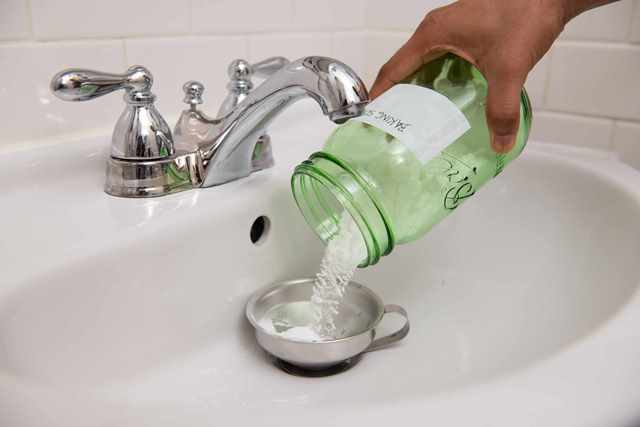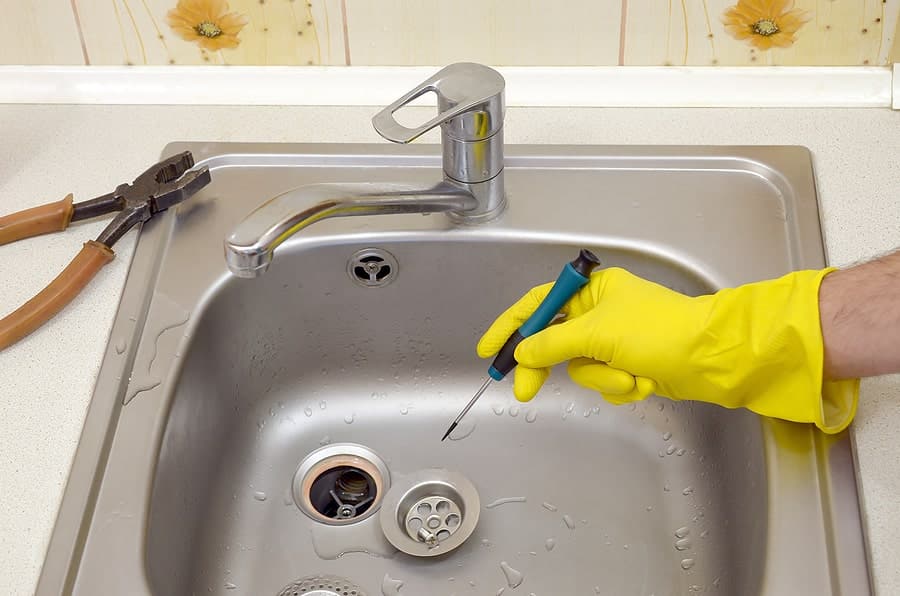Stuck Water Woes - 6 Root Causes Of Kitchen Sink Drainage Issues
Stuck Water Woes - 6 Root Causes Of Kitchen Sink Drainage Issues
Blog Article
Are you looking for help and advice concerning Easy Ways to Unclog Any Drain in Your Home?

It's not normal for your cooking area sink to congest multiple times in one month. If your sink obstructs twice a week, there's some problem going on.
A blocked kitchen area drain does not just reduce your duties, it degrades your whole plumbing system, bit by bit. Below are some common behaviors that motivate sink blockages, as well as how to prevent them.
You need appropriate waste disposal
Reusing waste is fantastic, yet do you take note of your natural waste as well? Your cooking area ought to have 2 separate waste boxes; one for recyclable plastics and also another for natural waste, which can become garden compost.
Having an assigned trash can will aid you and also your family prevent throwing pasta as well as various other food remnants down the tubes. Typically, these residues soak up moisture and also become blockages.
The mistake isn't from your kitchen sink in any way
Possibly the problem isn't from your kitchen area sink, yet the entire drain system. In such an instance, you may observe that sinks and drains obtain clogged every other week. You need a specialist plumbing service to fix this.
You're throwing coffee down the tubes
Made use of coffee grounds as well as coffee beans still soak up a significant amount of wetness. They might appear tiny sufficient to throw down the drainpipe, yet as time goes on they begin to swell as well as occupy even more space.
Your coffee grounds must enter into natural waste disposal. Whatever fraction leaves (maybe while you're depleting) will certainly be taken care of during your regular monthly cleaning.
You have actually been eating a lot of greasy foods
Your kitchen sink may still obtain obstructed despite having natural garbage disposal. This may be because you have a diet rich in greasy foods like cheeseburgers.
This oil layers the within pipelines, making them narrower and also even more clog-prone.
Make use of a plunger
Your pipe wasn't repaired properly in the first place
If you've been doing none of the above, yet still obtain normal obstructions in your cooking area sink, you should call a plumber. There may be an issue with exactly how your pipes were installed.
While your plumber arrives, look for any kind of leakages or irregularities around your cooking area pipelines. Do not attempt to repair the pipes yourself. This might trigger a mishap or a kitchen flooding.
A person attempted to wash their hair in the kitchen sink
There's a right time and also area for whatever. The kitchen sink is just not the ideal area to wash your hair. Cleaning your hair in the kitchen sink will certainly make it block eventually unless you use a drainpipe catcher.
While a drainpipe catcher may catch a lot of the after effects, some hairs may still survive. If you have thick hair, this may be enough to slow down your water drainage as well as eventually create a clog.
There's even more dust than your pipes can handle
If you get fruits straight from a ranch, you may discover more cooking area dust than other people that go shopping from a shopping mall. You can quickly fix this by cleaning the fruits and also veggies appropriately before bringing them right into your house.You need proper garbage disposal
My Kitchen Sink Won’t Drain - What Should I Do?
If Your Sink Has a Garbage Disposal...
Turn on the disposal. If the disposal hums and doesn’t turn, then there’s clog in the disposal unit.
Go to your circuit breaker panel, and switch off the circuit breaker to your garbage disposal.
Back in your kitchen, double-check that your garbage disposal is off by trying to turn it on. The disposal should not move, and it should not make any noise.
Lie down underneath your sink so that you can see and access the bottom of the disposal unit. Look for a hole that looks like the head of a hex-head bolt in the center of the unit.
Place an Allen wrench inside this hole and turn it from side to side until you feel a decrease in resistance and are able to rotate the wrench completely in a single direction. This action rotates your disposal’s blade manually.
Put the wrench aside, and press the disposal unit’s reset button or switch.
Flip your garbage disposal’s circuit breaker switch back on, and turn on the unit to see if the obstruction has cleared. If it hasn’t, repeat the steps above until the obstruction is removed.
How to Unclog a Kitchen Sink Drain
If you have a double bowl sink, seal one side of the sink with an airtight lid or a second plunger before plunging the other side. Otherwise, you won’t be able to create adequate suction.
Place the cup of the plunger completely over the drain opening.
Turn on the faucet, and let the water run until it completely covers the cup of the plunger.
Start plunging by pushing the plunger down and pulling up again in order to build up suction. Make sure that the edges of the plunger stay in contact with your sink, or else you’ll lose the suction.
If you have trouble forming a seal between your sink and plunger, add petroleum jelly to the mouth of your plunger, and try again.
Plunge about five or six times before removing the plunger to see if water starts to drain properly. In some cases, you’ll even be able to feel the clog become dislodged while you plunge because suddenly there will be much less resistance. Repeat the plunging process until the clog clears.
Once water is draining properly again, run hot water down the drain for 5 minutes to help clear away grease, grime, and debris from the clog. https://www.plumbingjoint.com/blog/2019/august/my-kitchen-sink-won-t-drain-what-should-i-do-/

My Kitchen Sink Won’t Drain - What Should I Do?
If Your Sink Has a Garbage Disposal...
How to Unclog a Kitchen Sink Drain
https://www.plumbingjoint.com/blog/2019/august/my-kitchen-sink-won-t-drain-what-should-i-do-/
We are very inquisitive about What To Do When Your Kitchen Sink Won’t Drain and I am praying you enjoyed our blog entry. Liked our entry? Please share it. Let somebody else discover it. Thanks a lot for your time invested reading it.
Book With Us Today!
Report this page